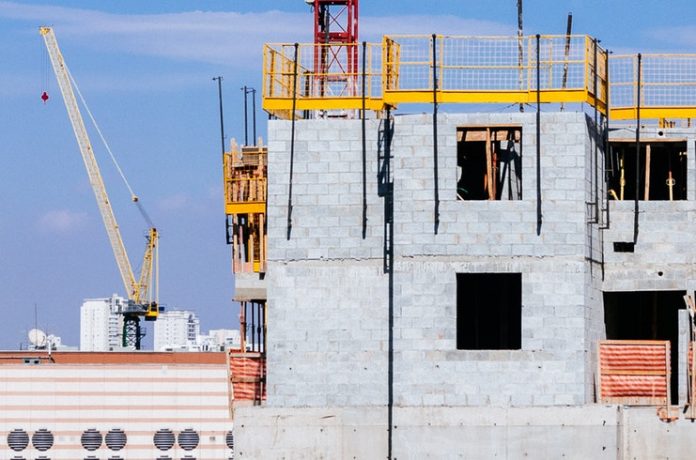Portsmouth, N.H. — Buoyed by a steady consumer-driven economy, the total U.S. hotel construction pipeline climbed to 5,704 projects totaling 700,496 rooms in the fall, according to analysts at Lodging Econometrics (LE) in their latest report. The pipeline totals are up 6 percent by projects and 8 percent by rooms year-over-year (YOY), just 179 projects shy of the all-time high reached in the second quarter of 2008—5,883 projects/785,547 rooms.
In its eighth consecutive quarter of growth, the number of hotel projects currently under construction stands at 1,729 projects/235,278 rooms, the highest count recorded since the second quarter of 2008. The number of hotels scheduled to start construction in the next 12 months—currently 44 percent of all pipeline projects—was 2,479 projects/286,125 rooms, very close to the all-time high set in 2009, and up 16 percent in projects and 13 percent by rooms YOY. The number of hotels in the early planning stages stands at 1,496 projects/179,093 rooms.
However, this is the second quarter in a row that has seen the number of new hotel construction projects drop, an indicator that pipeline growth may top out in late 2020 or 2021, according to LE. The global slowdown and the tariff situation have led to indecision and declines in commercial investment, LE analysts said.
Through the end of the third quarter, 704 new hotels with 81,111 rooms opened across the United States with another 299 projects/33,059 rooms expected to open by year-end. New hotel openings in the LE forecast for 2020 stand at 1,112 new hotels/122,702 rooms followed by 1,126 new hotels/130,447 rooms scheduled to open in 2021.
This quarter is the first time this cycle where supply growth at 2 percent has risen and drawn even with demand growth which has fallen to 2 percent. In 2019, 16 of the top 25 markets show occupancy declines YOY while 11 markets show RevPAR declines.











